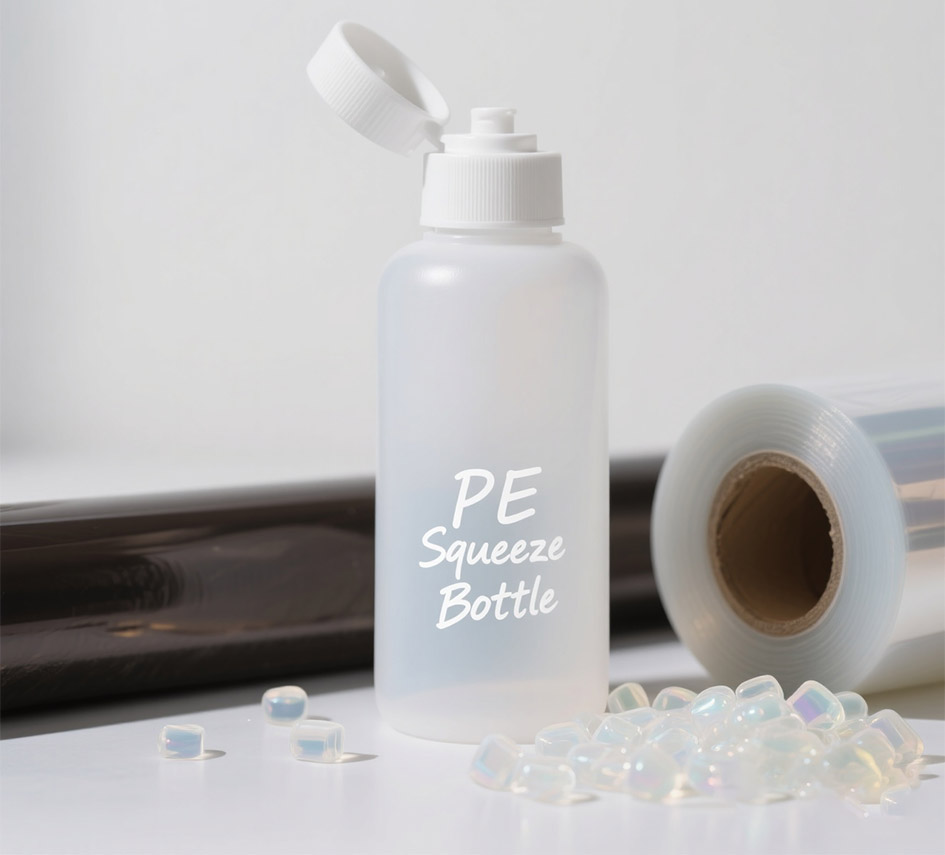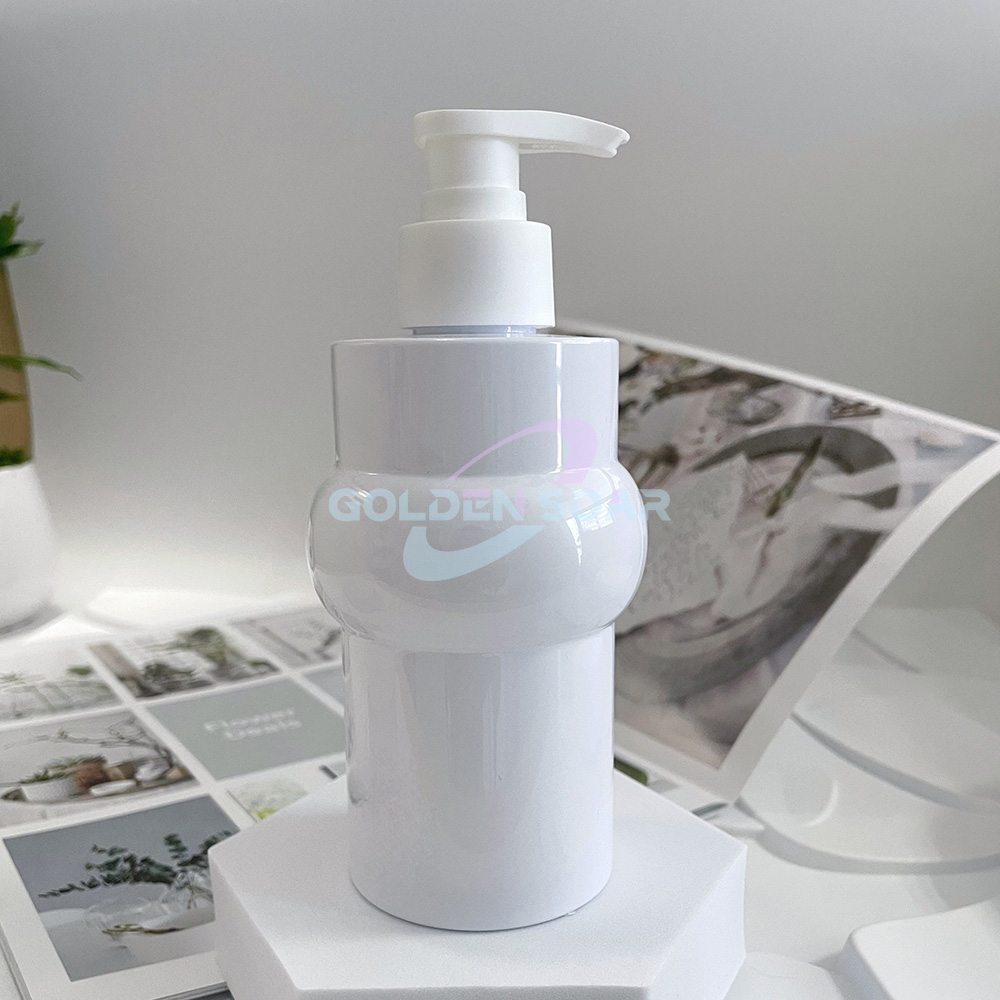
Currently in society
{In today's eco-conscious environment, the demand for environmentally safe containers is growing. Three widely employed plastics in packaging are PE plastic, polypropylene substrate, and polyethylene terephthalate fabric. Each plastic offers unique aspects that make it ideal for several applications. Polyethylene is a bendable plastic often used in covers, while polypropylene is known for its toughness and is commonly found in carriers. PET, on the other hand, is transparent and airy, making it a popular choice for soda bottles.
{When electing sustainable packaging, it's essential to weigh factors such as the recyclability of the polymer, its sustainability score, and its functionality.
Benefits of PET Packaging in Food and Beverage
{PET wrapping have become a popular choice for the food and beverage industry due to their numerous upside. One key profit is its lightweight nature, which translates to reduced transit costs and a smaller carbon footprint. PET is also highly recyclable, making it an environmentally aware option. Furthermore, its transparent look allows for product visibility, enticing consumers and enhancing brand exhibition.
- Additionally, PET's durability protects merchandise from damage during handling and storage, ensuring freshness and quality.
- Because of its barrier properties, PET effectively avoids the entry of moisture, oxygen, and adulterants, preserving product flavor and safety.
Overall, PET wrappings offer a workable solution for the food and beverage industry, combining cost-effectiveness with nature-positive considerations.
PP Films: Durability and Versatility in Product Packaging
{Polypropylene packaging, commonly known as PP, has emerged as a leading choice for consumer goods due to its exceptional versatility and durability. This attributes make it ideal for a wide range of applications, from food vessels to household supplies. The inherent strength of PP provides excellent protection against impact, erosion, ensuring the integrity of the product throughout its lifecycle. Furthermore, PP's fortitude to withstand a variety of temperatures and environmental conditions makes it suitable for both indoor and outdoor use.
- PP packaging offers a high level of reuse, minimizing its environmental footprint.
- Producers often utilize PP to create lightweight and compact packaging solutions, reducing transportation spending, and promoting eco-consciousness.
- The smooth surface of PP makes it easy to print on, allowing for clear and vibrant product labeling.
All things considered, PP packaging's combination of durability, versatility, and sustainability has firmly established it as a preferred choice for protecting and presenting consumer goods in today's market.
The role of aluminum in Premium and Protective Packaging
{Aluminum has emerged as a principal material in the sector of premium and protective packaging. Its inherent attributes make it an ideal choice for safeguarding offerings during transport and storage. Aluminum's hardiness provides exceptional protection against natural factors such as moisture, oxygen, and light, ensuring product integrity and extending shelf life. Furthermore, aluminum's appearance appeal contributes to the premium conception of packaged goods, enhancing brand identity.
Evaluating Qualities of PE, PET, PP, Aluminum
{Various plastics and metals possess distinct singular characteristics that influence their applications. Polyethylene compound, commonly known as PE, is renowned for its flexibility and low cost, making it suitable for packaging and envelopes. Polyethylene terephthalate generally known as PET exhibits high robustness and clarity, finding use in beverage bottles and textiles. Polypropylene compound, or PP, demonstrates resilience and chemical resistance, designing it to support items like containers and automotive parts. Aluminum, a metallic substance, stands out due to its superior conductivity and recyclability, serving in applications ranging from cans to construction materials.
Eco-Positive Solutions: Biodegradable and Compostable Options
{In today's world, it's more vital than ever to diminish our impact on the planet. One way to do this is by opting for eco-positive alternatives to regular products. Biodegradable and compostable options offer a great solution to refuse problems. These materials disintegrate naturally over time, restoring valuable nutrients to the soil.
- Cases of biodegradable and compostable products contain food vessels, carriers, and even fabrics.
- By choosing these paths, we can copyright natural resources and produce a more nature-based future.
Improvements in Flexible Packaging: PE Films and Laminates
{The flexible packaging industry endlessly strives to develop innovative solutions that meet the evolving demands of consumers and manufacturers. Polyethylene (PE) films and laminates have emerged as key players in this landscape, offering a wide range of properties such as strength, durability, barrier performance, and versatility. Recent progressions in PE film technology have led to the creation of high-performance materials with improved puncture resistance, tear strength, and chemical resistance. These enhancements facilitate the packaging of a diverse range of products, from food and beverages to pharmaceuticals and personal care items.
- As well, advancements in lamination techniques have allowed for the integration of multiple layers of PE film with other materials such as elements and metallized foils. This multi-layered approach enhances the protective capabilities of packaging, providing superior barrier properties against moisture, oxygen, and light.
- Hence, flexible PE films and laminates are increasingly being used in sustainable packaging solutions. Their lightweight nature reduces transportation costs and reduces the environmental impact associated with packaging waste.
Examining the Influence
{In an era defined by environmental consciousness, the impact of packaging on sustainability has come under intense scrutiny. Traditionally, packaging has been viewed as a linear system, where materials are extracted, processed, used once and then discarded. However, embracing a circular economy approach presents a transformative solution. This paradigm emphasizes reducing waste by reusing, repairing, and recycling packaging materials, minimizing the depletion of resources and environmental impact. By implementing innovative design strategies and fostering collaboration across the supply chain, businesses can create a closed-loop system where packaging becomes a valuable resource rather than a source of pollution.
- A circular economy approach to packaging prioritizes the reuse and recycling of materials.
- Trailblazing design strategies play a crucial role in minimizing packaging waste.
- Collaboration across the supply chain is essential for achieving a truly sustainable system.
Guidelines and Commodities for Packaging
{Packaging elements are governed by a variety of legislations designed to ensure the protection of consumers and the earth. These rules often establish the types of materials that can be used, as well as constraints on packagingarrangement to reduce potential hazards. Abidance with these regulations is vital for creators to avoid penalties. These mandates can vary from locale to locale, so it is necessary for businesses to study the specific norms that apply to their items. A Tinplate Packaging habitual goal of packaging standards is to support earth stewardship. This often involves promoting the use of eco-conscious materials and diminishing packaging scrap.
Optimizing for Performance
{In today's dynamic market, packaging/product containment are constantly seeking innovation/optimization/advancements to enhance both the performance/efficacy/effectiveness of their packaging and its environmental footprint. Lightweighting/Material optimization/Reducing density emerges as a key strategy in achieving this balance. By strategically/intelligently/carefully reducing the weight of packaging materials without compromising protection/integrity/security, manufacturers can achieve significant benefits/gains/advantages. These include lowered/reduced/diminished transportation costs, minimized/decreased/limited environmental impact through lesser/reduced/minimal resource consumption and carbon footprint, and improved/enhanced/optimized shelf appeal due to a more streamlined/compact/efficient design.
- Additionally/Furthermore/Moreover, lighter packaging can often lead to increased/enhanced/boosted product stackability, allowing for greater/more/superior storage efficiency and potentially lowering/reducing/minimizing overall shipping volumes.
Therefore/Consequently/As a result, investments/initiatives/commitments in lightweighting represent a strategic/forward-thinking/proactive step towards sustainable/eco-conscious/responsible packaging solutions that meet the demands of both consumers and the planet.
Selecting the Right Packaging Material: Factors to Consider
When it comes to packaging your merchandise, the choice of material is essential. It's not just about appearance; the right packaging needs to ensure your items during transit and satisfy specific needs. Here are some key factors to think about:
- Kind of Merchandise
- Robustness
- Nature Effects
- Financial Aspect
- Visual appeal
By meticulously considering these factors, you can choose the perfect packaging material to highlight your products while ensuring their safety. 